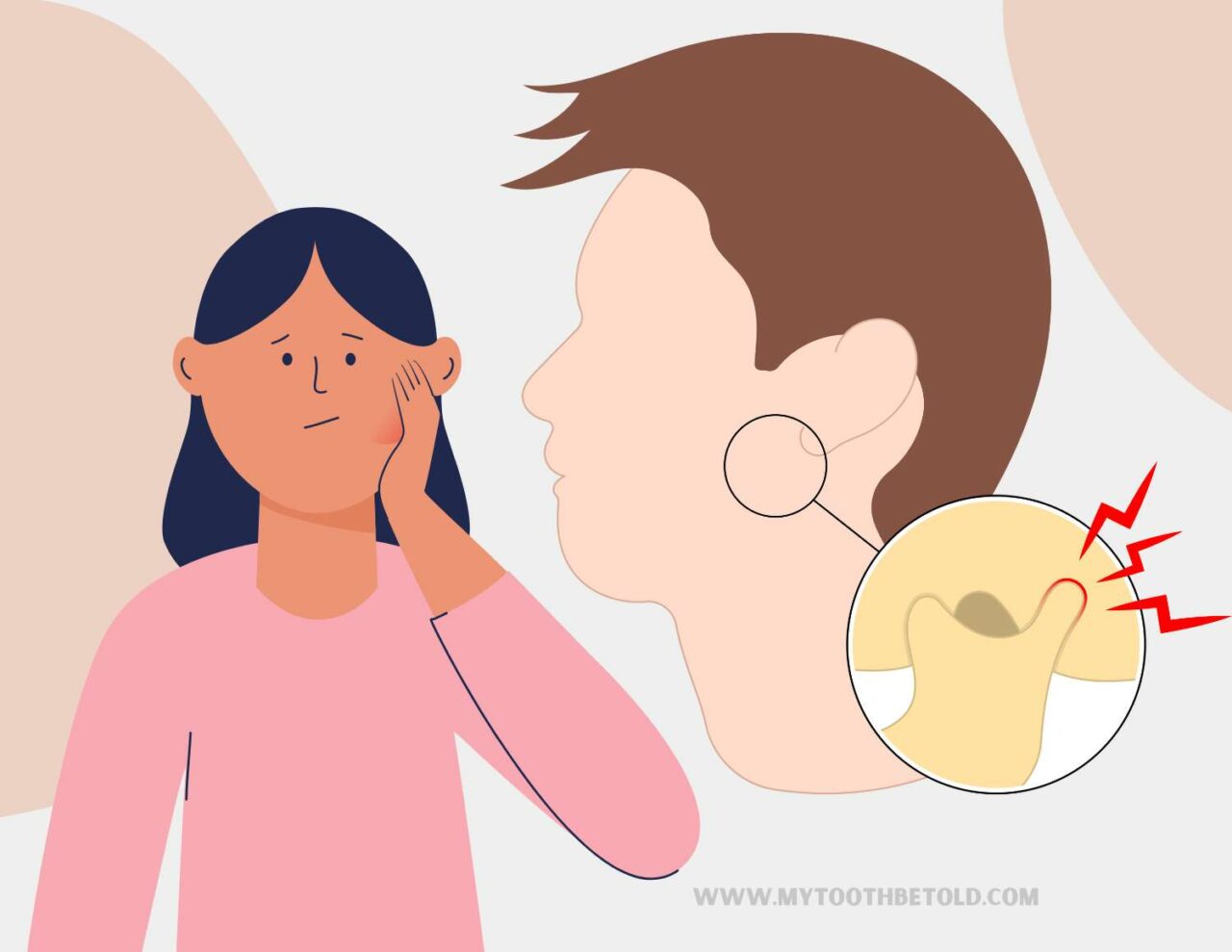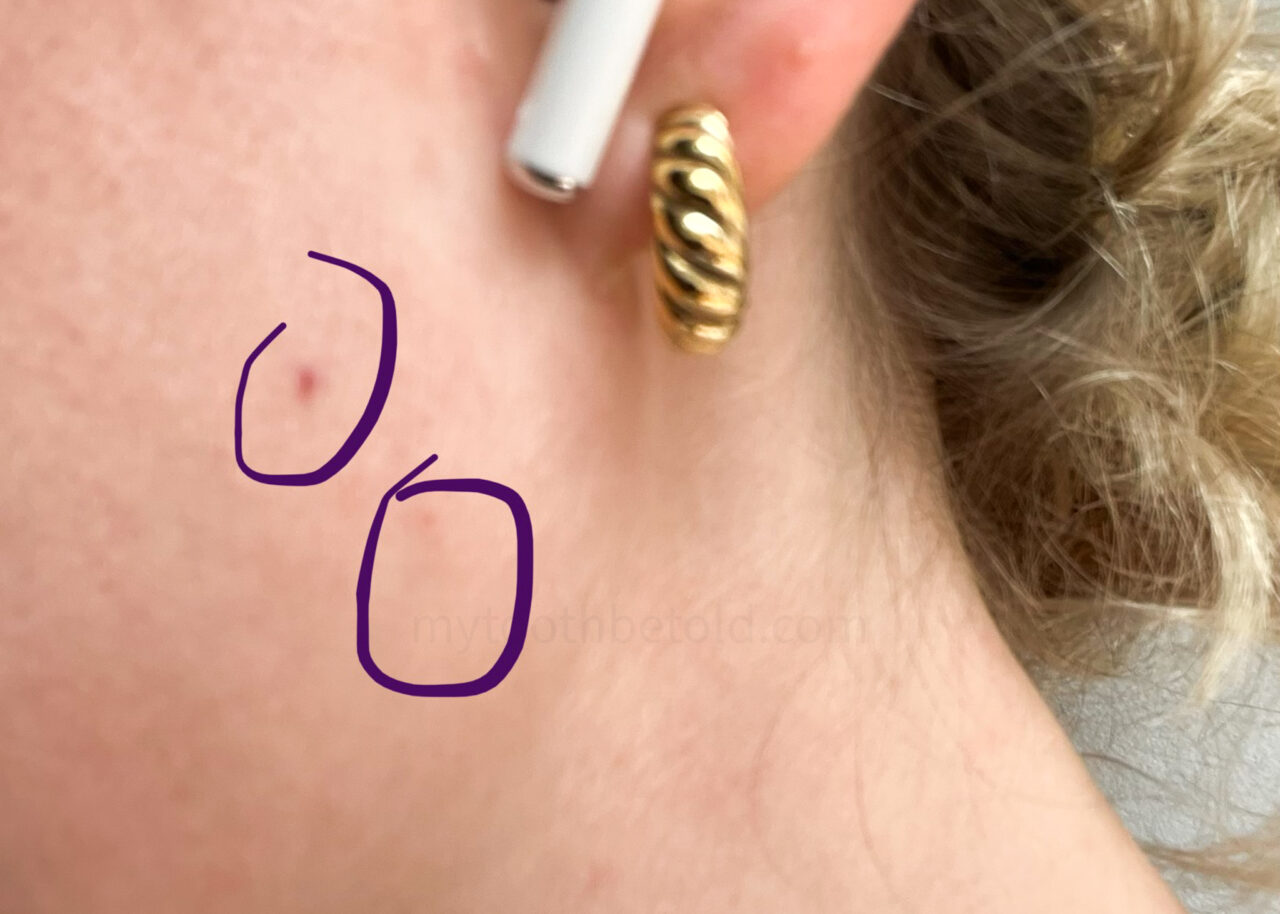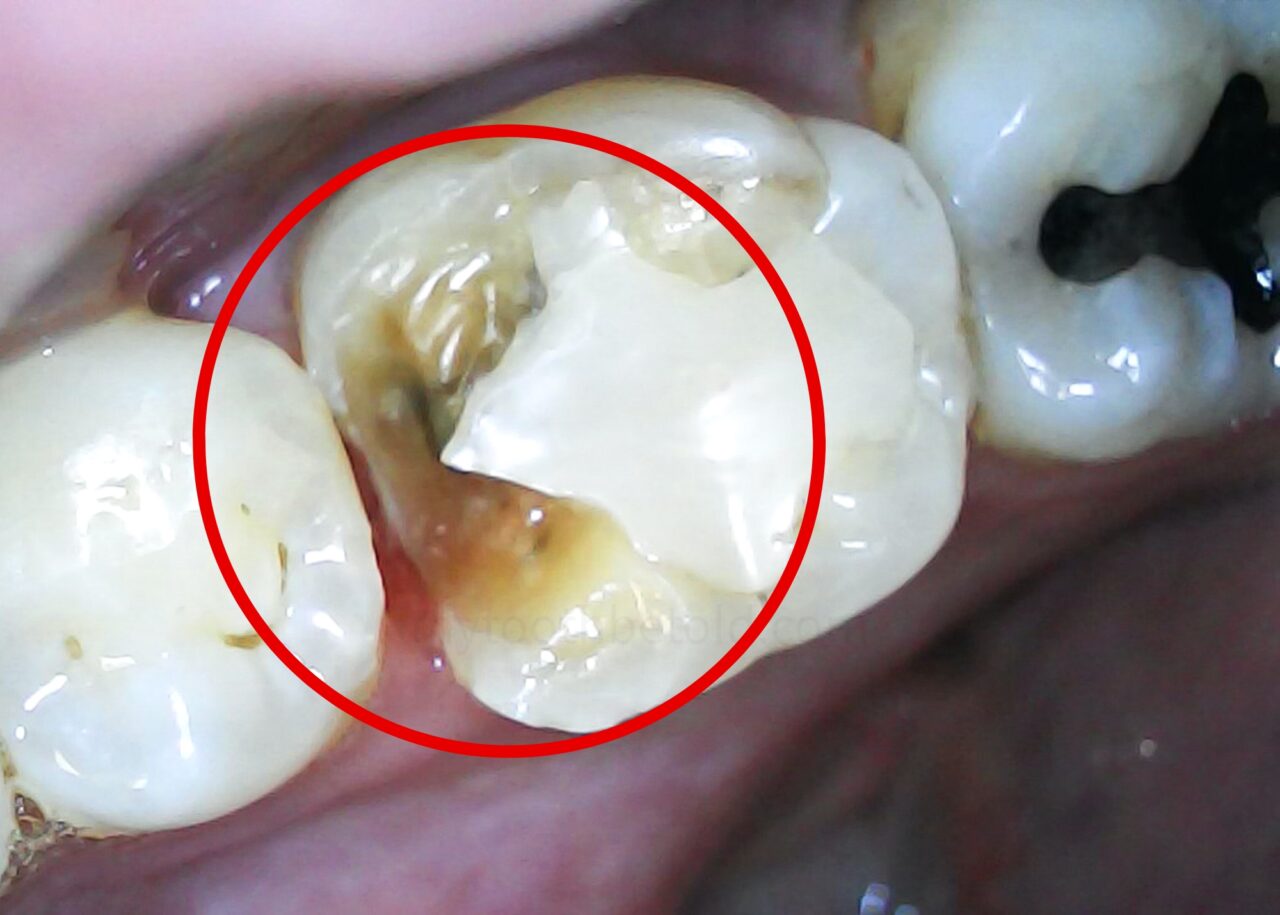
Clenching, grinding, pain, discomfort, difficulty chewing, headaches, broken and chipped teeth, failing fillings and crowns, gum recession, bite issues and overall issues with oral health can be directly linked to bruxism. As a dental hygienist, I speak with my patients about all potential treatments for bruxism, including Botox.
Botox for bruxism treats the root cause of the muscles over-firing. Botox applied to the masseter and temporalis muscles can reduce muscle firing and retrain the muscles to stop bruxism and relieve pain, protect the tissues in the mouth, and prevent wear and tear on the teeth to aid in the longevity of oral health.
In this post, I will touch on my experience with getting Botox for bruxism (clenching and grinding) and add information I learned in a specific Botox course by a dentist solely for bruxism treatment.
The information in this post is purely informational and does not replace the need to speak with your medical doctor. It is my experience that I wanted to share, as I also discuss Botox treatment with my patients in my dental chair. Botox is not for everyone, and there is a chance that it may not be effective.

Easing bruxism: My personal experience with Botox
Clenching and grinding since I was a child
I have been clenching and grinding since I was a child, and over time, it worsened as I went through orthodontic treatment, got older, and with age comes more responsibilities and exposure to life’s stressors.
Before I went to school to become a dental hygienist, my dentist recommended getting a nightguard for bruxism as I was showing signs.
As I got older, damage began to occur
As a high school student with limited funds and bad dental insurance, I couldn’t afford to shell out the money for the nightguard.
And over the years, even though the dentist kept recommending a nightguard to me, he never took the time to explain precisely why it was being recommended and the long-term side effects of bruxism on my oral, head and neck health.
In my opinion and how my brain works, I value understanding why something is needed and the long-term outcomes.
My outlook and urgency to get a nightguard went from 1-10 pretty quickly after I got into dental hygiene school, and we were being taught the ins and outs of bruxism and its long-term effects. Around this time, I fractured my tooth, and the clenching made it worse.
I needed a root canal and a crown to save the tooth and get me out of excruciating pain. This won’t happen to everyone, but the point I am getting at is that prevention is a much cheaper course of action than treating issues as they come and if they can even be treated at all.
I got a nightguard made soon after I had the root canal and crown done. I even went to a massage therapist and physiotherapist and had massages and active release therapy done on the masseter and other muscles around my jaws.
To learn more about why nightguards can be beneficial, I wrote a post about nightguards and clenching that is linked below!
Read Now: Do Night Guards Help With Clenching? Hygienist Explains
The massage therapist even taught me how to do my own intra-oral massage at home so I could hopefully see more results.
I looked for another alternative to ease my pain
But over time, I realized these treatments were not enough, and after forgetting to wear my nightguard for one night and I chipped one of my molars, I realized that something else had to be done.
I also have a history of migraines and headaches due to tension, but also my face felt sore.
I started to dive deep into information regarding Botox for bruxism, and I even took a dental course on it to get more in-depth information.
Researching and coming to an understanding of all the possible benefits of Botox but finding the right medical professional is so important not only for safety but for the efficacy of the treatment.
Finding the right practitioner to administer Botox
I went to a medical doctor who specialized in family medicine, did a fellowship in primary care skin conditions and office-based surgical procedures, and has undergone training in primary care dermatology and aesthetic medicine, including Botox.
He is highly experienced in treating chronic migraines, which I have a history of experiencing.
Finding the right professional for you is extremely important. Any time the skin barrier is broken (such as a needle), there is a chance of infection and adverse reactions. Your body deserves to be treated correctly and safely.
Look for a highly trained individual near you who specializes in facial injections of Botox.
I would rather see someone who does this treatment many times a day vs. someone who does it once in a blue moon or does not have much training or experience.
What I tell my patients about Botox for bruxism as a dental hygienist
I want to start by saying that my dental office does not perform Botox treatment for bruxism, so I have no kickback or motivation to sell this treatment. My sole purpose for discussing Botox with my patients is to give them information and all the options possible so they can make an informed decision.
Botox is not just for muscle and jaw pain. It can prevent other dental issues such as gingival recession, chipping and cracking of teeth, and premature failure of restorations and implants.
Often the signs of clenching and grinding include worn teeth, flattened cusps of the molars (back teeth), gum recession, abfractions, and enlarged muscles of the jaw (muscle hypertrophy).

Depending on the severity of clenching and grinding, the doctor injecting the Botox may inject into the medial pterygoid, temporalis, and masseter muscles.
Botox can also be used on other muscles, such as the trapezius, occipitalis, corrugator, procerus, or frontalis.
There are many options to develop a treatment plan suited to the individual’s specific needs and to help stop the cause of bruxism at the source.
It is essential to see your dental hygienist regularly because we can see these problems begin to arise so we can intervene and prevent further dental issues.
Below is a post I wrote breaking down the one-hour dental hygiene appointment and giving you the inside point of view of a dental hygienist.
Read Now: How Dental Hygienists Clean Teeth! What You Need to Know!
Does Botox stop clenching?
Botox blocks the release of Acetyl-Choline at the neuromuscular synapse, which works to weaken the muscles, preventing over-contracting (clenching) and muscle discomfort. When the muscles of the jaw, in particular the masseter muscle, cannot over-contract, clenching can be reduced or stopped entirely.
It can take multiple treatments depending on the severity and each person’s circumstances.
Does Botox for bruxism change your face?
Like all muscles in the human body, the more a muscle is used and put under load, it will get bigger. When the jaw muscles are overworking and clenching, the muscles can grow larger, changing the shape of our face. Botox for bruxism can cause slimming of the face as muscle use decreases.
My experience getting Botox for bruxism and after effects
When I saw the doctor, he reviewed my medical history and medications. He physically examined my jaw muscles and got me to clench my teeth together so he could feel the muscles contracting.
He asked me many questions regarding my history of clenching and grinding, what other alternative treatments I have had, and my pain and discomfort levels.
Once he deemed it safe to administer the Botox, he cleaned the injection points with alcohol and gave me four injections on each side of my face. I had 25 units of Botox injected on each side (50 total).
He told me it takes up to two weeks to get the full effect. And after two weeks, I could feel the difference.
I am clenching less, and I can feel the difference in the muscle when I clench; it’s not as strong.
My head and neck tension levels are less, but they have not gone away entirely. I expect it will take a couple of treatments to get the desired effect and for the muscles to retrain themselves (that is what the doctor said), as he did not want to give me too much in the initial treatment.
He recommended that I return after 3-5 months, depending on my symptoms, to have another round of Botox injected into my jaw muscles.
The information in this post is based on my experience as a dental professional who got Botox treatment for bruxism, including some information I received from the doctor who administered my Botox, as well as dentists and other dental professionals.
If you are considering Botox, please speak to your medical professional to ensure it is right for you, as everyone’s health and circumstances are unique.
I hope the information I have included in this post will help you understand why and how Botox is used to treat bruxism at the source, including the short-term and long-term effects.
Have a great day, and keep smiling!
Holly 🙂

